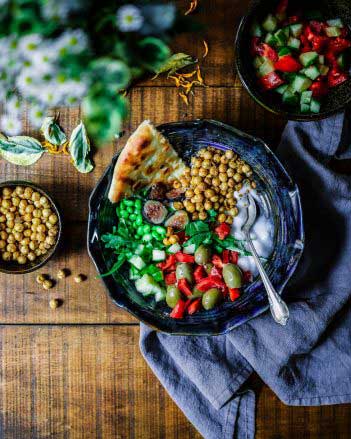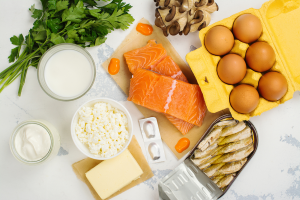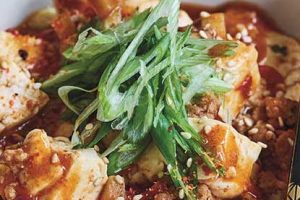‘Watch your figures’: New NHS calorie count advice

The NHS’s communications wing, Public Health England, has just announced a series of initiatives to try and tackle rising obesity levels in the UK.
Alongside measures to get the food industry to reduce calories in products consumed by families by 20% by 2024, they’ve launched a new campaign “One You” to encourage all adults to stick within a daily limit of 1,800 calories – 400 for breakfast, 600 for lunch, 600 for dinner and 200 for snacks. Previously the daily limits were set at 2,000 for women and 2,500 for men.
Independent charity British Nutrition Foundation, which supports the initiative, has published its own advice to help people stay within the limits, with particular emphasis on healthier ‘out of home’ snacking, take-aways and ready meals.
While there are no major revelations, it does contain a few useful reminders, particular for those of us struggling to stick to our New Year resolutions as winter turns to spring. Little things like opting for filter coffee over lattes, less frying and roasting, more steaming and grilling, are easy enough to implement.
Below are the main points or head to the British Nutrition Foundation’s website for the full fat version.

Don’t blow your whole calorie budget on one badass burger.
Breakfast (400kcal)
Breakfast is a great opportunity to get at least one of your 5 A Day – add fruit to cereal, or try vegetables such as a grilled tomato or mushrooms if you prefer a hot start to the day. Look out for calories in drinks – especially in lattes, juices or smoothies, when choosing your breakfast and try lower calorie options such as filter coffees, unsweetened teas and water. Consider going wholegrain at breakfast by choosing porridge and other wholegrain cereals and breads, which provide extra fibre and nutrients.
Lunch (600kcal)
As with breakfast it is important to be aware of calories in drinks and accompaniments if you are tempted by a “meal deal” option – a sugary drink and a high fat accompaniment can take up almost your entire calorie allowance for lunchtime; save the calories by choosing water or sugar-free drinks. It is important to also look at the nutrition labels on foods and choose those that are lower in saturated fat and salt. Fill up on fibre at lunchtime, for example wholegrain breads, brown pasta or rice, as these can help to keep you feeling fuller and may help you avoid snacking later on. High fibre foods can be paired with a lean protein like chicken or, if you are vegan or vegetarian, try plant-based proteins like beans and pulses.
Dinner (600kcal)
If you are out and about for dinner, look for the lighter dishes on the menu; most restaurants now offer a lower-calorie options. Alternatively, try a healthy side order like a mixed salad or vegetables, and avoid deep fried options or those with butter or creamy sauces. If you’re at home, try steaming or grilling your food rather than roasting and frying, to keep the fat and calorie content down.










